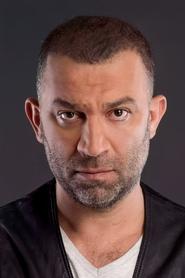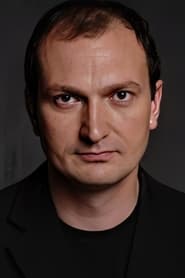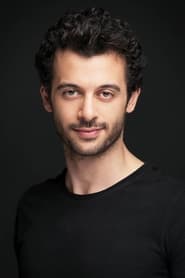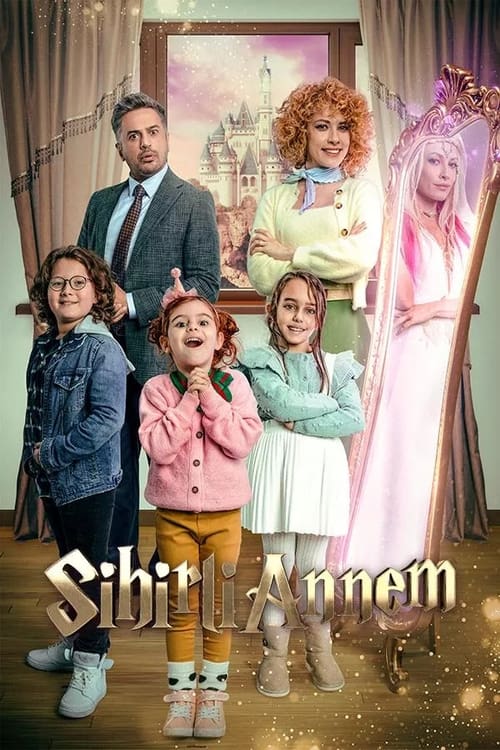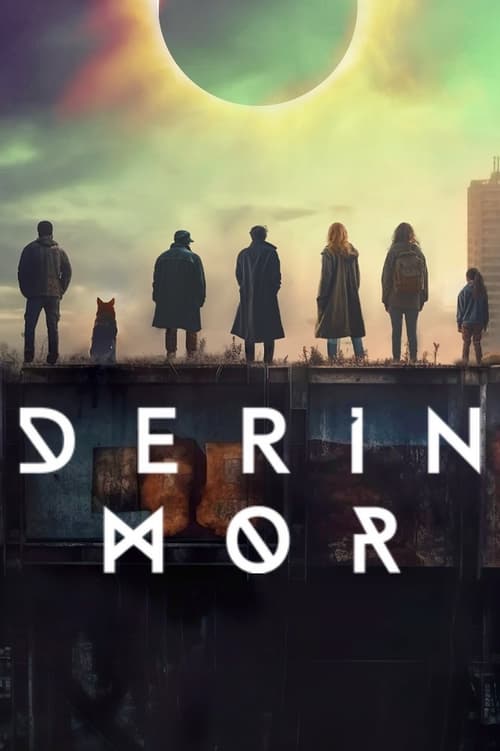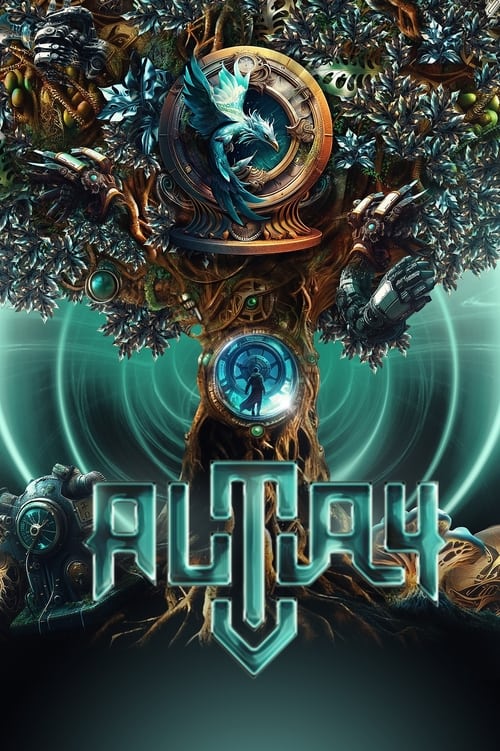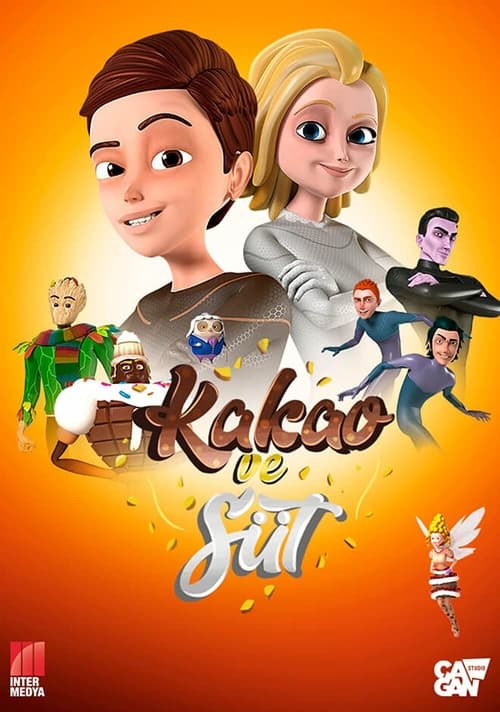
Ask Your Own Question
What is the plot?
In the second episode of "Hot Skull," titled "Cat, Box, Funnel," the story picks up with Murat, who is still grappling with the aftermath of the viral outbreak that has left many in his world infected with a dangerous condition known as "the Hot Skull." This condition causes individuals to become highly contagious and aggressive, leading to a societal breakdown. Murat, who is immune, navigates through the chaos of a city that is increasingly hostile and paranoid.
The episode opens with Murat in a dilapidated building, scavenging for supplies. He is cautious, aware that the infected roam the streets, and he must remain hidden. As he searches, he reflects on his past and the relationships he has lost due to the outbreak. His internal struggle is palpable; he feels a mix of guilt for surviving and fear of what lies ahead.
Murat encounters a group of survivors who are holed up in a makeshift shelter. They are wary of him at first, unsure if he is infected. Tension fills the air as Murat tries to convince them of his immunity. He shares his knowledge about the virus, hoping to gain their trust. The leader of the group, a woman named Zeynep, is skeptical but intrigued by Murat's insights. She decides to let him stay for the night, but warns him that any sign of infection will lead to his immediate expulsion.
As night falls, the group shares stories around a small fire. Murat learns more about their struggles and the loss they have faced. Zeynep reveals her determination to find a way to combat the virus, and Murat feels a spark of hope. He decides to join their efforts, motivated by the desire to help others and to find a sense of purpose in the midst of despair.
The next day, the group sets out to gather more supplies. They plan to raid a nearby pharmacy that they believe is still intact. Murat leads the way, using his knowledge of the city to navigate through the back alleys. As they approach the pharmacy, they encounter a group of infected individuals. A tense standoff ensues, and Murat must think quickly. He devises a plan to distract the infected while the others grab what they need.
Murat throws a rock to create a noise, drawing the infected away from the entrance. The group rushes inside, quickly gathering medicine and food. However, one of the survivors, a young man named Emre, panics and makes a loud noise, attracting the attention of the infected. The group must now fight their way out. Murat takes charge, directing everyone to stick together and move quickly.
In the chaos, Murat and Zeynep work in tandem, using makeshift weapons to fend off the infected. Murat's strategic thinking shines as he leads the group through the pharmacy, ensuring they avoid unnecessary confrontations. They manage to escape, but not without sustaining injuries. Emre is bitten during the escape, and the group is faced with a grim reality: they must decide whether to help him or leave him behind to protect themselves.
Back at the shelter, the mood is somber. Emre's condition worsens, and the group debates their next steps. Zeynep argues for finding a way to treat him, while others suggest they should cut their losses. Murat feels torn; he wants to save Emre but also understands the risks involved. Ultimately, he decides to support Zeynep's plan, believing that they must hold onto their humanity even in dire circumstances.
As they work to find a solution, Murat discovers a potential lead on a scientist who may have information about a cure. This revelation ignites a new sense of purpose within the group. They begin to strategize their next move, planning a journey to find the scientist. The episode ends with Murat looking out over the city, filled with a mix of determination and uncertainty about the challenges that lie ahead.
What is the ending?
In the ending of "Hot Skull," season 1, episode 2 titled "Cat, Box, Funnel," the main character, Murat, faces a critical moment as he navigates the chaos surrounding the outbreak of a deadly virus. He is forced to confront his own fears and the reality of the world around him. The episode concludes with Murat making a significant decision that impacts his future and those around him, setting the stage for further developments in the series.
As the episode unfolds, we find Murat in a tense environment, grappling with the implications of the virus that has spread throughout society. The atmosphere is thick with anxiety, and the visuals reflect a world in disarray, with people wearing masks and avoiding contact. Murat's internal struggle is palpable; he feels the weight of responsibility for his loved ones while also battling his own sense of isolation.
In a pivotal scene, Murat encounters a group of survivors who are trying to find a safe haven. Their interactions are fraught with tension, as trust is a rare commodity in this new world. Murat's motivations become clearer as he realizes that he must take action to protect those he cares about. The emotional stakes rise as he weighs the risks of joining the group against the safety of remaining alone.
As the episode progresses, Murat's decision-making is tested. He faces a moral dilemma when he is presented with an opportunity to escape the chaos but at the cost of leaving others behind. The internal conflict is evident in his expressions and body language; he is torn between self-preservation and the desire to help others. This moment serves as a turning point for Murat, highlighting his growth as a character.
The climax of the episode occurs when Murat ultimately chooses to stay and assist the group, demonstrating his commitment to community and solidarity in the face of adversity. This decision is met with mixed reactions from the other characters, showcasing the complexities of human relationships in dire situations. The emotional weight of this choice is underscored by the visuals of the group coming together, united by a common goal despite their differences.
As the episode draws to a close, the fate of each main character is revealed. Murat, having embraced his role as a protector, finds a renewed sense of purpose. The other survivors, initially skeptical of Murat, begin to see him as a leader, which hints at potential alliances and conflicts in future episodes. The final scenes leave viewers with a sense of uncertainty, as the world outside remains perilous, but there is a glimmer of hope in the bonds formed among the characters.
In summary, the ending of "Cat, Box, Funnel" encapsulates the themes of choice, community, and resilience, setting the stage for the ongoing narrative of survival and human connection in a fractured world.
Is there a post-credit scene?
In "Hot Skull," Season 1, Episode 2 titled "Cat, Box, Funnel," there is no post-credit scene. The episode concludes without any additional content after the credits roll, focusing instead on the main narrative and character developments throughout the episode. The story wraps up with the events and emotional arcs presented, leaving viewers to reflect on the themes and character dynamics explored during the episode.
What specific events lead to the climax of the episode?
The climax of 'Cat, Box, Funnel' occurs when Murat and his friend find themselves cornered by a group of infected individuals. In a desperate attempt to escape, they must rely on their wits and the limited resources available to them. The tension escalates as they devise a risky plan involving a makeshift barrier, which symbolizes their fight against the overwhelming odds.
What challenges does the protagonist face in this episode?
In episode 2, titled 'Cat, Box, Funnel', the protagonist, Murat, grapples with the psychological and physical ramifications of the infectious disease that has spread throughout society. He faces the challenge of navigating a world where communication is fraught with danger, as the disease can be transmitted through speech. This creates a constant tension as he must avoid speaking to others while trying to find a way to survive.
How does Murat's relationship with other characters evolve in this episode?
Murat's interactions with other characters, particularly with his friend and ally, are strained in this episode. As they attempt to devise a plan to evade the disease, Murat's internal conflict about trust and vulnerability surfaces. He struggles with the fear of losing his friend to the disease, which adds emotional weight to their conversations and decisions.
What role does the setting play in this episode?
The setting in this episode is crucial, as it reflects the chaos and despair of a world ravaged by the disease. The dilapidated urban landscape, filled with abandoned buildings and remnants of a once-thriving society, serves as a backdrop for Murat's struggles. The oppressive atmosphere amplifies the characters' feelings of isolation and fear, making their journey more poignant.
How does the episode explore the theme of communication?
In 'Cat, Box, Funnel', communication is a central theme, particularly how it is hindered by the disease. Murat's internal monologue reveals his longing for connection, yet he is forced to suppress his voice to protect himself and others. This creates a profound sense of loneliness, as he navigates a world where words can be deadly, highlighting the irony of human connection in a time of crisis.
Is this family friendly?
In "Hot Skull," Season 1, Episode 2 titled "Cat, Box, Funnel," there are several elements that may be considered objectionable or upsetting for children or sensitive viewers.
-
Violence and Threats: The episode contains scenes that depict violence or threats, which may be unsettling for younger audiences.
-
Intense Emotional Moments: Characters experience significant emotional distress, including fear and anxiety, which could be intense for sensitive viewers.
-
Dystopian Themes: The overarching themes of a dystopian world and the consequences of a dangerous epidemic may be frightening or confusing for children.
-
Dark Humor: The use of dark humor in certain situations may not be suitable for all viewers, particularly younger ones who may not grasp the nuances.
-
Mature Language: There may be instances of strong language that could be inappropriate for children.
These elements contribute to a tone that may not be suitable for all audiences, particularly younger viewers or those sensitive to such themes.




